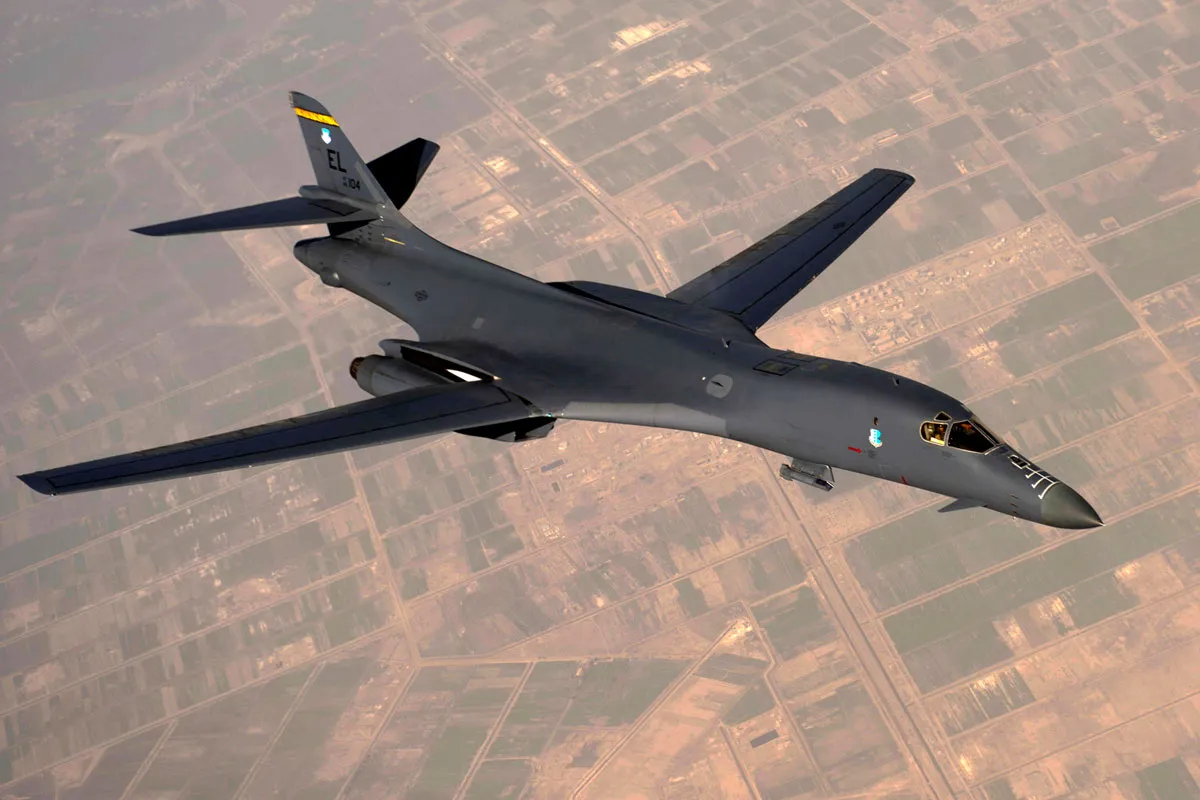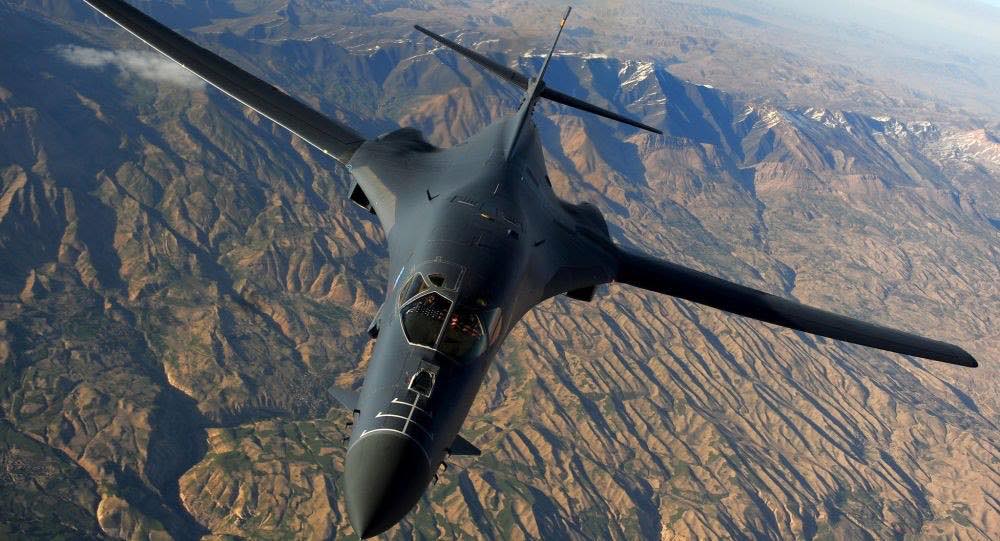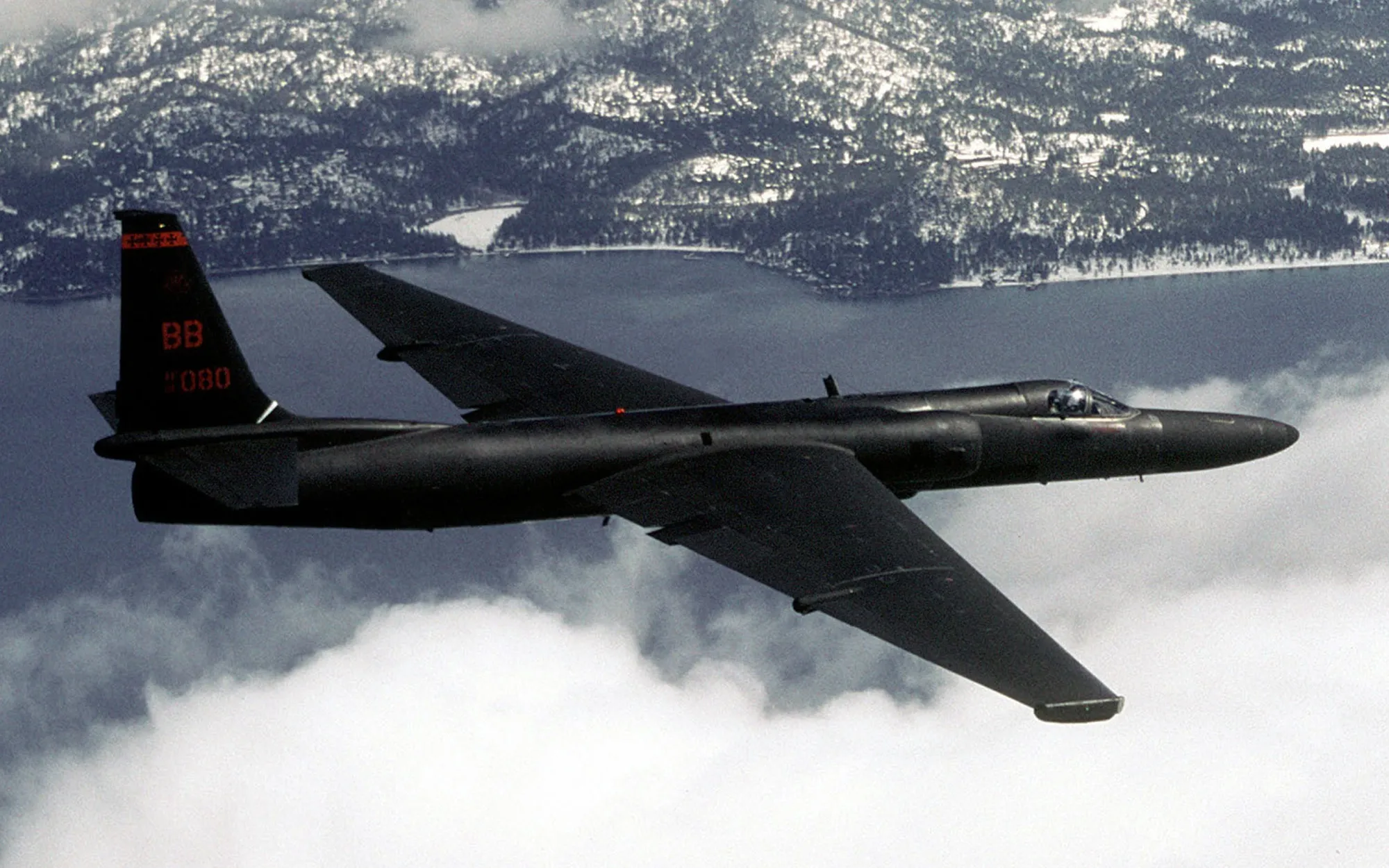
U.S. Bombers Fly 20,000 km Non-Stop in Power Display

In a formidable show of strength, the U.S. Air Force deployed two B-1B Lancer bombers on a non-stop 20,000 km round trip from Ellsworth Air Force Base to the Indo-Pacific region and back. This mission, conducted on August 1-2 and announced by the 28th Bomb Wing on August 6, underscores America’s unparalleled global strike capabilities.
Dubbed a “CONUS to CONUS” mission, this operation involved U.S. aircraft and personnel moving between continental U.S. locations, showcasing the ability to project power worldwide from domestic bases. The 31-hour mission saw the B-1B Lancers coordinate with U.S. allies and partners to bolster global security, demonstrating readiness and conducting essential training to respond to potential crises.
While the 28th Bomb Wing did not disclose the allies and partners involved, the Japan Air Self-Defense Force confirmed the participation of four F-15 Eagle fighters in training exercises with the Lancers over northern Yamaguchi on August 2.
Open-source flight tracking data revealed the bombers refueled mid-air over Vancouver Island, Canada, on the outbound leg and near Alaska on the return. The 28th Bomb Wing stated that the mission was intended to “deter adversaries, ensure the security of allies and partners, enhance interoperability, and demonstrate global readiness.”

Lieutenant Colonel Robert Wasil, commander of the 34th Bomb Squadron, emphasized, “Executing such a mission from Ellsworth demonstrates our unique capability to threaten any target globally, instantly, from anywhere.”
This mission follows a joint long-range patrol by Chinese and Russian bombers on July 24. The patrol, believed to have originated from Russia’s Anadyr military airport, entered Alaska’s Air Defense Identification Zone (ADIZ), coming within 320 km of the U.S. coast and prompting U.S. and Canadian aircraft to monitor the situation.
ADIZ is airspace defined by a country or territory that requires incoming aircraft to identify themselves, locate, and be subject to control. While not sovereign airspace, military aircraft usually provide prior notification before entering another country’s ADIZ to avoid unexpected confrontations.
The B-1B Lancer, capable of carrying the largest conventional payload in the U.S. Air Force, can deliver up to 34 tons of bombs and missiles and reach speeds of Mach 1.2 (about 1,481 km/h) over water. Unlike the B-2 Spirit and B-52H Stratofortress strategic bombers, the B-1B Lancer has been excluded from U.S. nuclear missions since 1994. By 2011, the B-1B Lancer was fully transitioned to conventional weaponry in compliance with the New START treaty, a nuclear arms reduction agreement signed by the U.S. and Russia.



